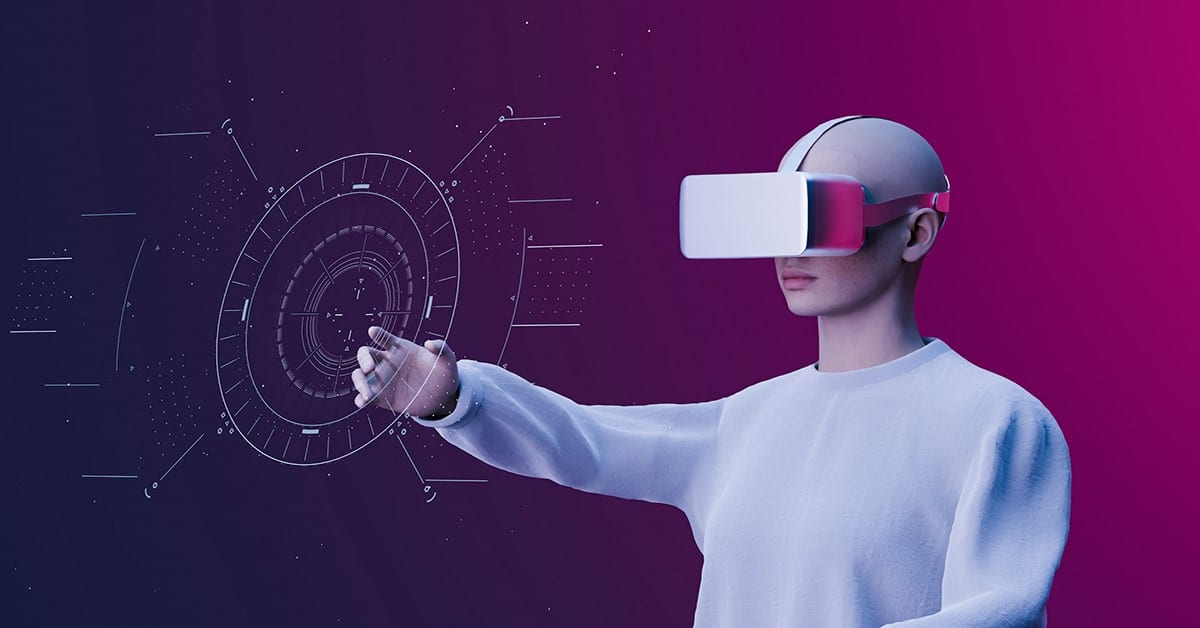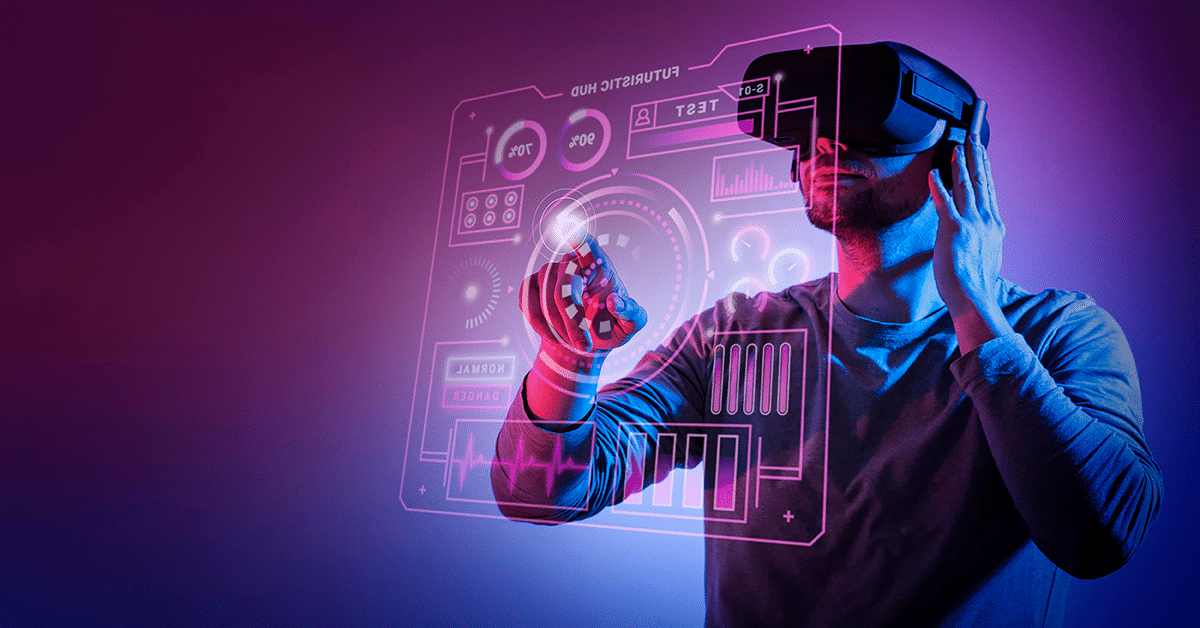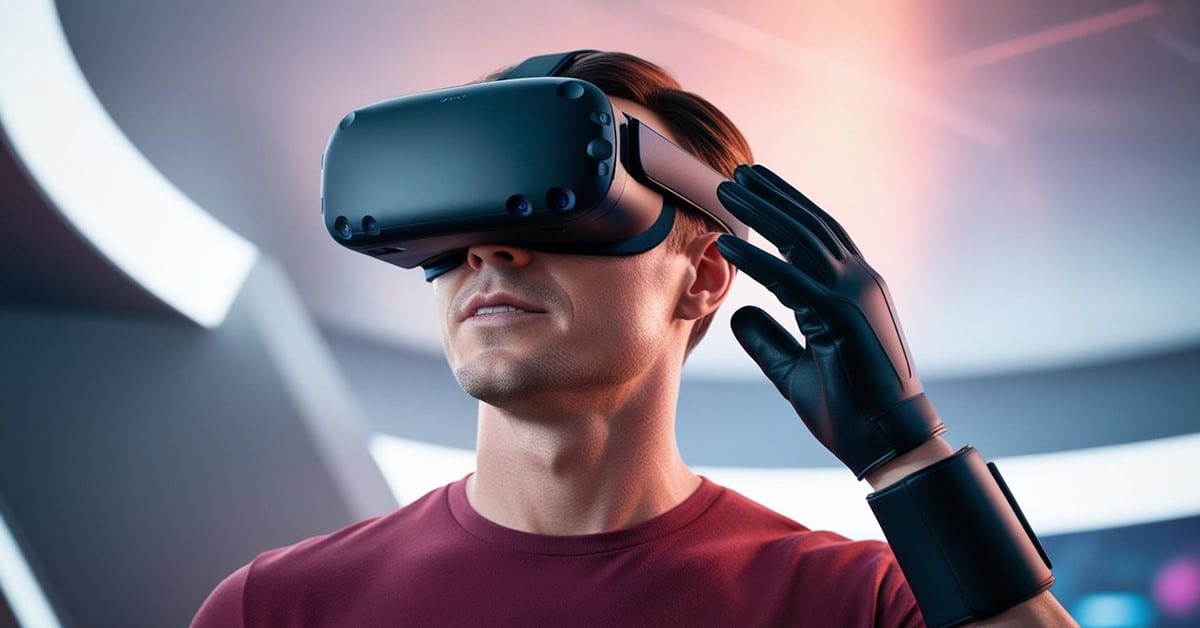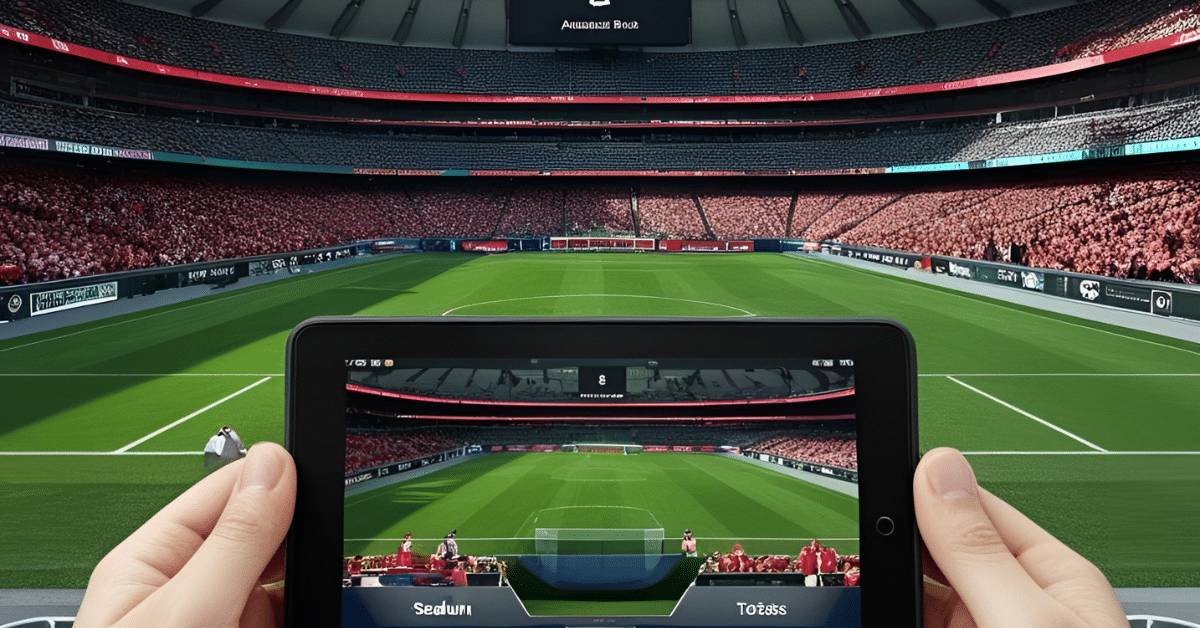Virtual Reality (VR) is no longer just the stuff of sci-fi movies or cutting-edge gaming technology. Over the last few years, VR has made its way into many sectors, and education is one of the biggest beneficiaries. College classrooms, in particular, have begun to embrace this technology, revolutionizing how students learn, engage, and interact with their course materials. So, how exactly is VR transforming the college experience? Let’s explore the various ways it’s reshaping higher education.
A New Era of Learning
Imagine stepping into the middle of an ancient Roman city during a history lecture, or walking on the surface of Mars for a science class. That’s the kind of immersive learning experience VR offers, turning traditional, textbook-based lessons into interactive, real-world experiences. This shift from passive learning to active engagement is one of the primary ways VR is changing college classrooms.
In the past, students would learn about the pyramids in Egypt from a textbook or a static image on a screen. But now, VR enables them to walk around the pyramids, see them from different angles, and even explore them in detail, much as if they were actually there. This type of immersion leads to better retention of knowledge, as students are no longer passive receivers but active participants in their education.
For subjects like history, biology, and physics, this immersive experience is a game-changer. Students studying human anatomy can take a virtual tour inside the human body, seeing the organs, muscles, and bones in 3D. They can simulate complex scientific experiments that would otherwise be too dangerous or expensive to conduct in a real lab. In essence, VR makes abstract or difficult concepts tangible, which leads to a deeper understanding.
Researching and Writing About Virtual Reality: A New Frontier for Students
As Virtual Reality (VR) continues to evolve and find applications across various fields, students are increasingly tasked with researching this cutting-edge technology for their academic projects and papers. They usually use the buy research proposal service to dive into the research itself, rather than getting stuck on formatting or citations for a full-fledged scientific study. Writing research on VR presents unique challenges and opportunities, as students must explore both the theoretical aspects of the technology and its practical applications.
The process of researching VR involves a deep dive into its history, development, and current trends. Students must understand how VR works, including the hardware (such as headsets, sensors, and tracking systems) and software that powers it. They also need to investigate its diverse applications across sectors like education, healthcare, entertainment, and even mental health treatment. What’s particularly intriguing for students is how VR is being used as a tool in research itself, whether it’s virtual environments for psychological studies or immersive simulations in social sciences.
Many students in fields like media studies, engineering, or computer science are even using VR as a medium for their own research, conducting experiments within virtual environments or developing prototypes of new VR applications. In such cases, writing about VR becomes not just an academic exercise but a chance to contribute to the future development of this exciting technology. The evolving nature of VR ensures that students researching it are at the forefront of a rapidly growing field. This dynamic, ever-changing landscape makes writing about VR an exciting yet challenging academic endeavor.
Bridging the Gap Between Theory and Practice
In many academic fields, students learn concepts in the classroom but struggle to apply them in the real world. Whether it’s medicine, engineering, or architecture, the gap between theory and practice can be daunting. VR bridges that gap by allowing students to practice in a controlled, risk-free virtual environment.
Virtual Simulations for Hands-on Training
Take medical students, for example. VR allows them to perform virtual surgeries, practice diagnosing patients, and learn complex procedures before ever setting foot in a real hospital. This not only boosts their confidence but also prepares them for the challenges they will face in the real world. For engineering students, VR can simulate the construction of buildings or the operation of machinery, providing hands-on training without the need for costly materials or equipment.
These virtual simulations help students develop critical thinking skills and problem-solving abilities that are often honed through experience. It’s a safe, interactive way to practice, make mistakes, and learn from them — without real-world consequences.
Redefining the Classroom Experience
Traditional classrooms have long been the backbone of higher education, but they’re not always the most conducive to engagement. Sitting in a lecture hall for hours on end can feel monotonous, and students often struggle to stay focused. VR is helping to change this by offering a new way to engage with course content.
Collaborative Learning in Virtual Spaces
Imagine collaborating with classmates in a virtual lab, working together to solve a complex problem, or attending a guest lecture in a virtual auditorium with peers from across the globe. VR is making this kind of collaborative learning possible. Students can enter shared virtual spaces where they can interact with one another in real-time, even if they’re miles apart.
This virtual classroom environment enhances student interaction, allowing them to work on projects, engage in discussions, and collaborate on assignments more easily than in a traditional setting. Virtual Reality is making learning a more social, engaging, and collaborative experience — qualities that are often absent in the conventional, lecture-based model.
Overcoming Geographic Barriers
One of the most exciting aspects of VR in education is its ability to transcend physical boundaries. With VR, students can access world-class lectures, courses, and experiences from the comfort of their dorm rooms. This has profound implications for students who may be unable to attend college due to geographical, financial, or physical limitations.
Global Learning Opportunities
Through VR, a student in the U.S. can virtually attend a lecture at a prestigious European university or participate in a field trip to the Galapagos Islands while still sitting in their classroom. It opens up new opportunities for students to broaden their educational horizons, meet people from different cultures, and gain insights they might never have had access to otherwise.
Additionally, for students with disabilities, VR can provide more accessible learning environments, offering them opportunities to participate in activities that may be difficult in the physical world. For example, a student with mobility issues could explore archaeological sites or engage in hands-on learning activities without leaving their home.
The Future of Virtual Reality in Education
While VR is still in its early stages in many colleges, its potential is undeniable. Universities and tech companies are continuously working to improve the technology, making it more affordable, accessible, and effective for a wide range of academic disciplines. With VR headsets becoming more compact, affordable, and user-friendly, virtual learning environments will likely become an integral part of the college experience shortly.
The Road Ahead: Opportunities and Challenges
While the future is bright, there are also challenges to overcome. The cost of VR equipment and software, for example, can be prohibitive for some schools, particularly those in lower-income areas. Additionally, while VR can be incredibly immersive, it still lacks the personal, human element that face-to-face interaction brings. There’s also the question of how to incorporate VR into curriculums in a way that enhances learning rather than distracting from it.
Nonetheless, as technology continues to evolve, these barriers will likely diminish, making VR a more accessible tool for more colleges and students. The possibilities are endless, and we’re just scratching the surface of how VR will transform the college classroom.
From Classrooms to Virtual Worlds
Virtual Reality is transforming college classrooms by offering students immersive, interactive, and collaborative learning experiences that go beyond the confines of traditional education. It bridges the gap between theory and practice, making complex concepts more accessible and engaging. By breaking down geographical barriers, offering hands-on training opportunities, and redefining the classroom experience, VR is revolutionizing how students learn and interact with the world around them.
As technology continues to evolve, we can expect VR to play an even more significant role in shaping the future of education, bringing about a more interactive, inclusive, and dynamic learning environment. The question is no longer whether VR will transform education, but how quickly it will become a fundamental part of the academic experience. So, as VR continues to gain momentum, are you ready to embrace the future of learning?
Virtual Reality is rapidly reshaping college education, making learning more immersive, accessible, and engaging than ever before. Explore these innovations, apply them in your studies or teaching, and help drive the transformation that will shape education’s future.









Leave A Comment